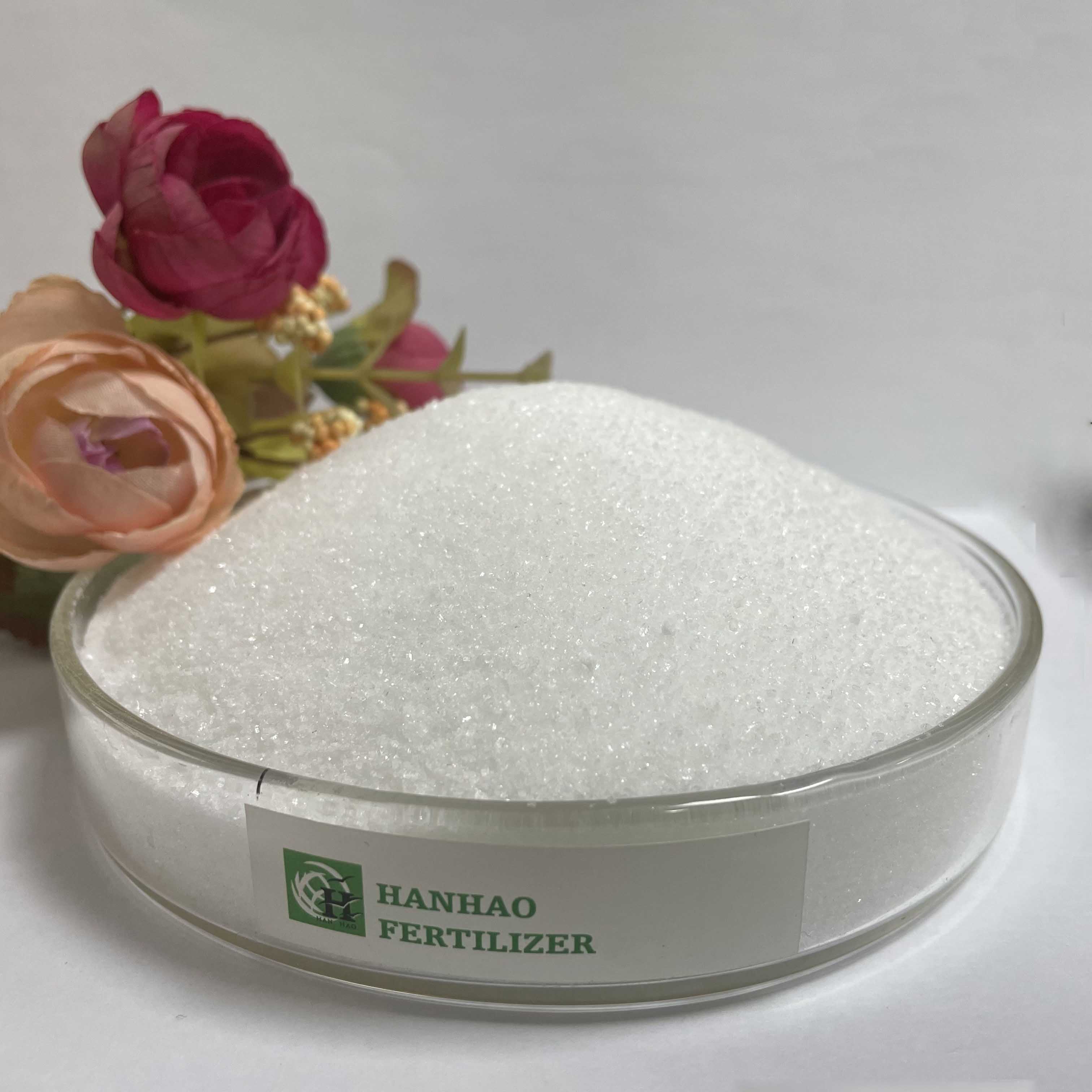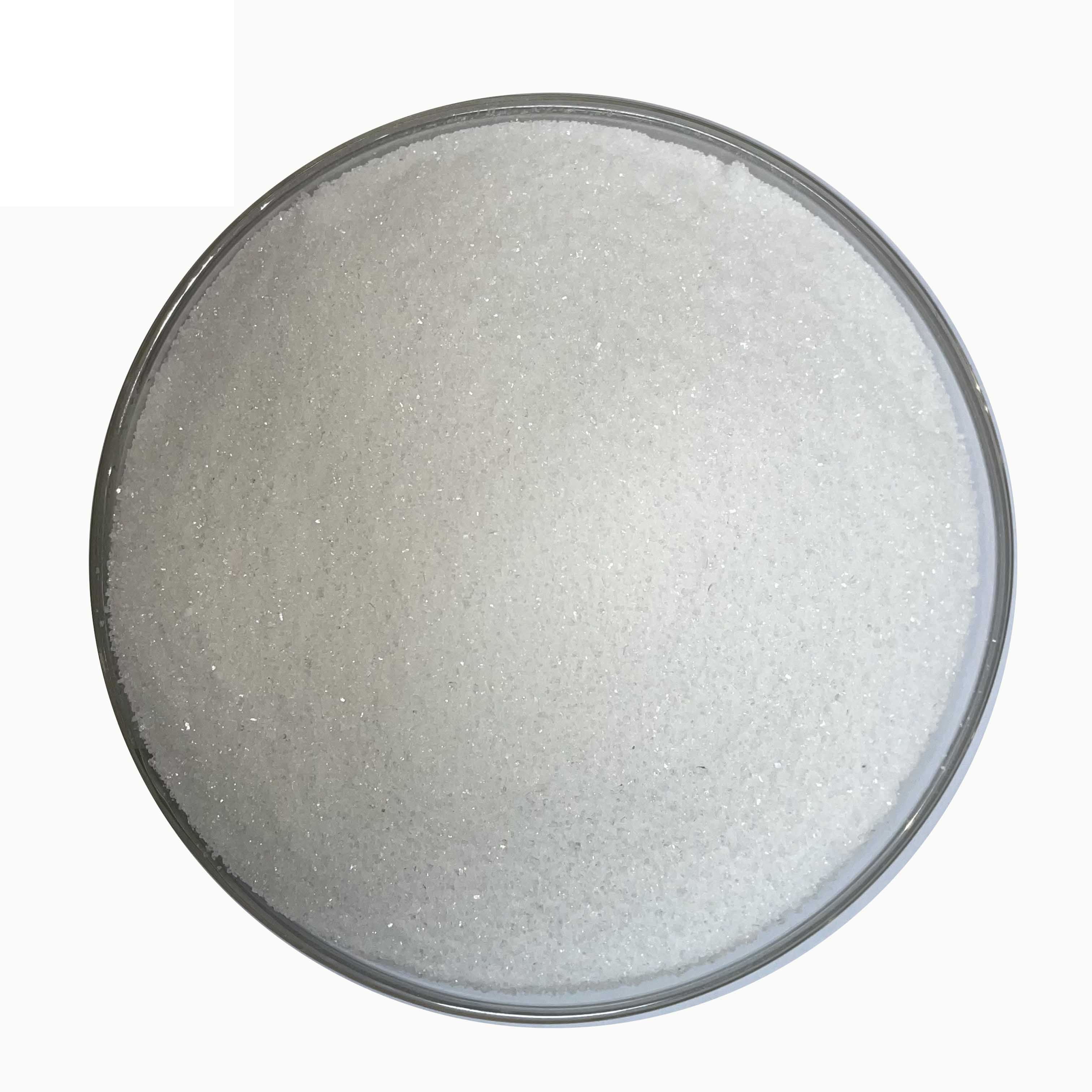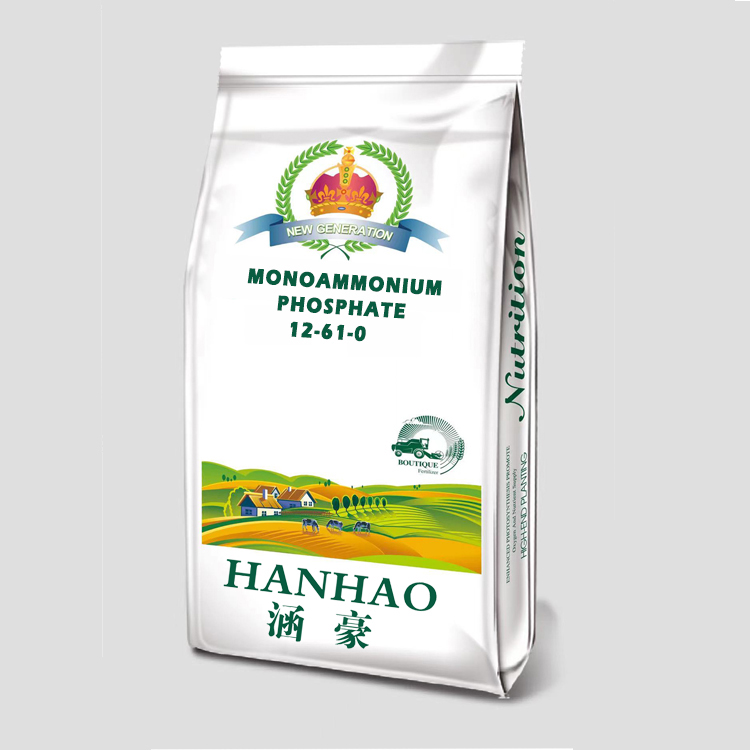
Oct . 10, 2025 09:20 Back to list
10 10 10 Fertilizer Organic: All-Purpose, Water-Soluble?
Is “10-10-10” Organic? A Field Note on Balanced NPK and the MAP Alternative
People ask me all the time about 10 10 10 fertilizer organic. To be honest, most truly organic programs don’t rely on perfect “10-10-10” symmetry. In practice, many greenhouse and orchard managers build a precise feed using water-soluble components. That’s where monoammonium phosphate 12-61-0 (MAP) quietly shines—especially when clean phosphorus and acidifying nitrogen are priorities.

Industry Trend: Balanced Programs, Not One-Bag Myths
The shift is clear: high-value crops are moving from commodity blends to recipe-based fertigation. Many customers say they tried 10 10 10 fertilizer organic once, then switched to programs using MAP plus potassium nitrate or sulfate for finer control. It seems that precision, solubility, and low insolubles trump the “one-number-fits-all” approach.
Product Snapshot: monoammonium phosphate 12-61-0 MAP
Origin: A-713, Zhengyang City Square, Chang’an District, Shijiazhuang, Hebei, China. This MAP is a fully water‑soluble source of P and N for fertigation, foliar sprays, blending, and liquid production.
| Parameter | Spec (typical) | Test standard |
| Total N (NH4‑N) | ≈12% | AOAC/IC 990.03 (Kjeldahl) |
| P2O5 | ≈61% | ICP‑OES/colorimetric [1][2] |
| Water Insolubles | ≤0.1% | Aqueous filtration |
| pH (1% sol.) | ≈4.2–4.8 | AOAC pH |
| Solubility (20°C) | ≈370 g/L | Gravimetric |
| Heavy Metals | Pb/Cd/As low; meets typical EU/US guidelines | ICP‑MS (lab) |

Process, QA, and Shelf Life
Materials and methods: neutralization of high-purity phosphoric acid with ammonia, crystallization, drying, sieving, and anti-caking where specified. QA uses AOAC/AAPFCO protocols and ICP‑OES for nutrient verification. Plants commonly run ISO 9001/14001 systems for consistent batches [3]. Shelf life ≈24 months in dry storage (<25°C), real‑world use may vary with humidity.
How It’s Used (and Why Growers Like It)
- Fertigation: 0.5–3 g/L; pairs well with KNO3/K2SO4. Acidifies mildly, improves P availability.
- Foliar: 2–5 g/L; test on a small block first (leaf scorch can happen if too hot or sunny).
- Hydroponics: base P source to replace generic 10 10 10 fertilizer organic blends; clarity matters in emitters.
- Compatibility: avoid mixing with Ca sources in the same tank; use two-tank A/B systems.
Vendor Landscape (real-world buyer notes)
| Vendor | Grade Consistency | Solubility/Clarity | Certifications | MOQ/Lead Time |
| Hebei H&H (MAP 12‑61‑0) | High (batch COA) | Very clear in fertigation | ISO 9001/14001 (typical) | Flexible; ≈2–4 weeks |
| Global Vendor A (EU) | High | High clarity | ISO; REACH | Moderate; 3–6 weeks |
| Regional Blender B (US) | Good (varies by lot) | Good | ISO at plant level | Fast local delivery |

Customization & Packaging
Options include anti-caking treatment, target particle size for rapid dissolution, and private‑label sacks (25 kg) or jumbo bags (≈1,000 kg). Some buyers request added dye for blend ID—handy, though purely cosmetic.
Case Study: Greenhouse Tomatoes
A mid-altitude greenhouse operation replaced a generic 10 10 10 fertilizer organic feed with a two-tank program: MAP for P and N, plus KNO3/K2SO4 for K. Over one season they reported 8–12% yield gain and cleaner emitters (anecdotal but consistent with what I hear). Leaf tissue tests showed more stable P during fruit set, which tracks with the chemistry.

A Quick Word on “Organic” Labels
MAP is a mineral fertilizer and is typically not OMRI‑listed. If you need certified organic, you’ll be looking at input‑approved sources (e.g., rock phosphate, manures, or specialty organic blends) with different solubility profiles. If certification isn’t required, MAP-based programs often outperform one‑bag “10‑10‑10” in fertigation.
References
- FAO. Fertilizer use by crop and country; and Fertilizer and Plant Nutrition Bulletins. https://www.fao.org
- AOAC International. Official Methods for nitrogen and phosphorus analysis in fertilizers. https://www.aoac.org
- ISO 9001 and ISO 14001 Standards for quality and environmental management systems. https://www.iso.org
- AAPFCO. Official Publication: Definitions and labeling for N‑P‑K (e.g., 10‑10‑10). https://www.aapfco.org
- University Extension (UF/IFAS, MSU, etc.). Fertigation and greenhouse nutrient management guides. https://edis.ifas.ufl.edu | https://www.canr.msu.edu
-
Organic Phosphorus and Potassium Fertilizer: Sustainable Soil Nutrition & Global Impact
NewsNov.24,2025
-
Organic Phosphorus Fertilizer: Sustainable Nutrient Solutions for Modern Agriculture
NewsNov.23,2025
-
Sustainable Growth with Organic Phosphorus Plant Fertilizer | HH Fertilizer
NewsNov.23,2025
-
Organic Plant Meal Fertilizer for Sustainable Agriculture – Benefits & Innovations
NewsNov.22,2025
-
Organic Plant Root Fertilizer – Sustainable Solutions for Healthy Soils & Stronger Plants
NewsNov.22,2025
-
Organic Plus Fertilizer: Sustainable Soil Nutrition for the Future
NewsNov.22,2025
